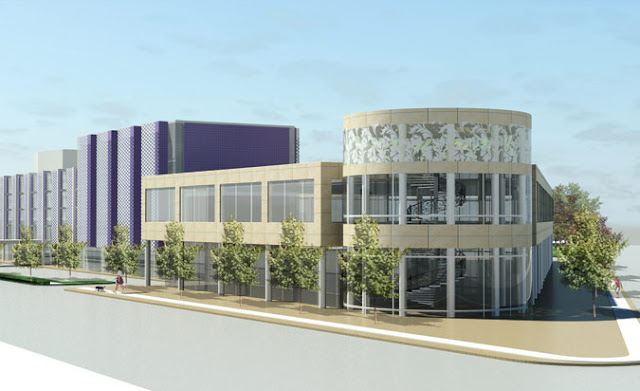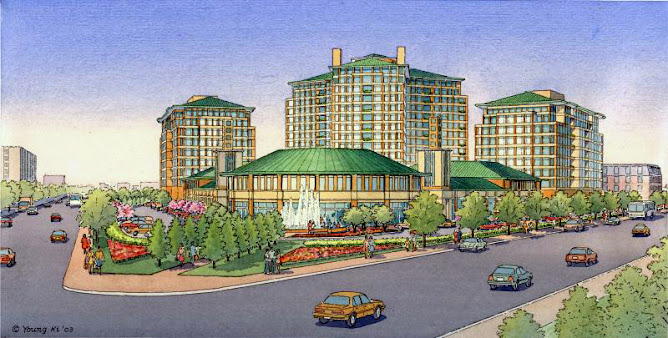Lorado Taft's, Heald Square Monument is an 11-foot high bronze image of three Revolutionary War heroes standing on a six-foot-high granite base on Lower Wacker Drive, between Wabash and State Street, on the south side of the Chicago River.
 |
| George Washington is the central figure and is flanked by Haym Salomon on his left and Robert Morris on his right. |
Haym Salomon was born in Leszno, Poland, in 1740. His parents had been driven out of what is now Portugal by anti-Semitic laws decreed by the monarchy. When Salomon was a young man, he fled to Holland during a period of mob violence against Jews. Salomon immigrated to New York City in 1775 and became a financial broker. He sympathized with the anti-British forces and joined the Sons of Liberty. Salomon opened an office as a dealer of bills of exchange, bonds sold to provide funds for the Revolutionary War effort, and arranged for a loan to help George Washington pay his soldiers. Salomon and Morris collaborated to become effective brokers of bills of exchange to meet federal government expenses. Unfortunately, Salomon died penniless shortly after the Revolutionary War, having donated everything he owned to the war effort.



Hodes, of Polish Jewish heritage, had read about the financial contributions that Jewish patriot Haym Salomon had made to the American Revolution and planned to honor him. However, Hodes felt that a commemorative statue of Salomon standing alone would not deliver the message of intercultural cooperation as effectively as a sculpture with non-Jewish patriots like George Washington and Robert Morris.
Barnet Hodes chose Lorado Taft to design the Heald Square Monument, and a campaign to raise $50,000 to complete the project was launched. Taft completed a small study model of the monument that depicted Robert Morris and Haym Salomon standing hand-in-hand with George Washington. Taft, unfortunately, died in 1936, but his work was completed by three of his students, Leonard Crunelle, Nellie Walker, and Mary Webster.
The inscription on the base of the sculpture is a quote from George Washington who based his comments on part of a letter written in 1790 by Moses Seixas, a member of a Newport, Rhode Island, Hebrew congregation. It reads: “The government of the United States which gives to bigotry no sanction to persecution no assistance requires only that they who live under its protection should demean themselves as good citizens in giving it in all occasions their effectual support.”
 |
| Taft designed this bronze plaque with a seated Statue of Liberty stretching out her arms to welcome all people no matter their race and beliefs. It is on the back of the base of the monument. |
The Heald Square Monument became the first sculpture designated as a Chicago Landmark by the Chicago City Council on September 15, 1971.
Compiled by Neil Gale, Ph.D.

















































